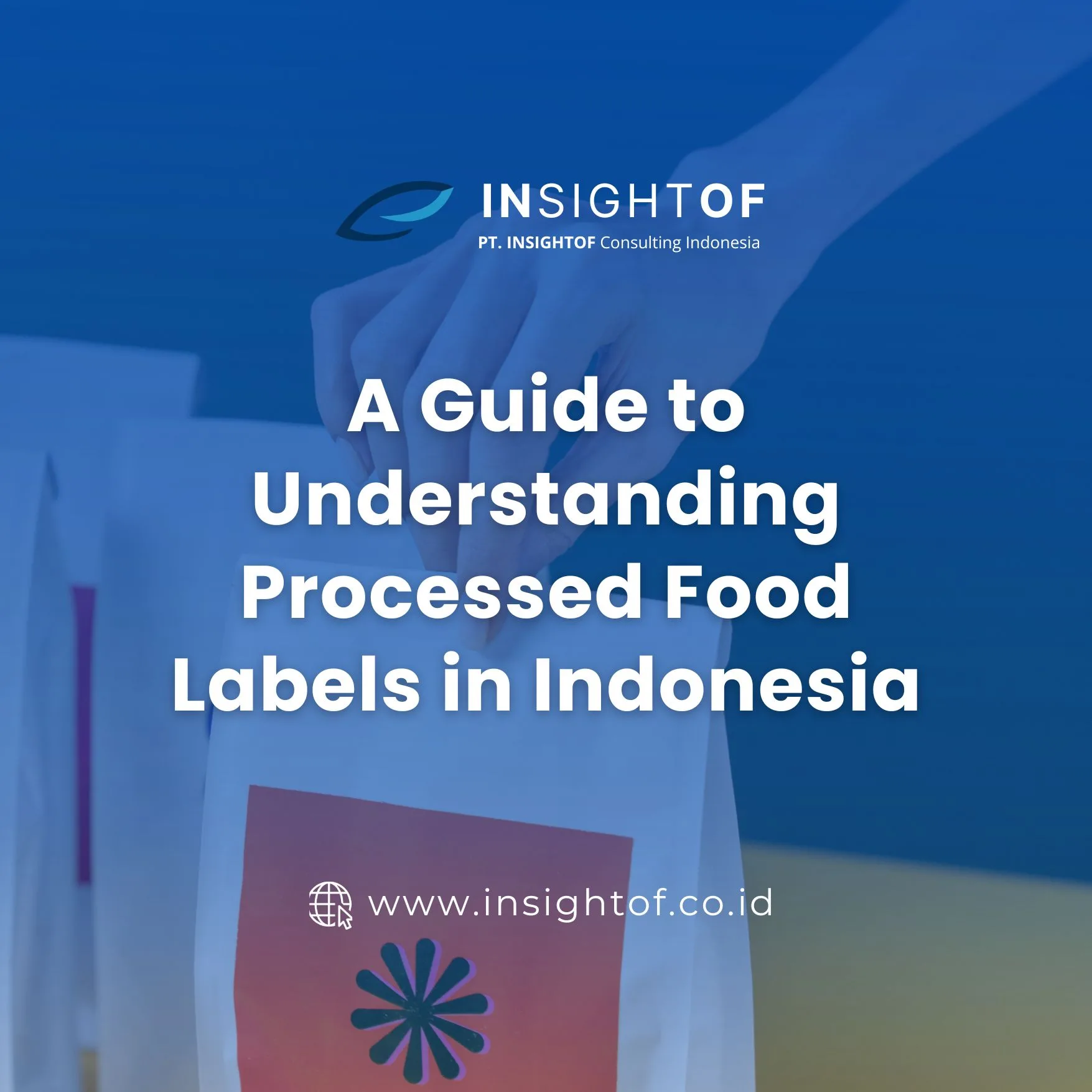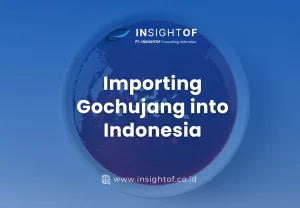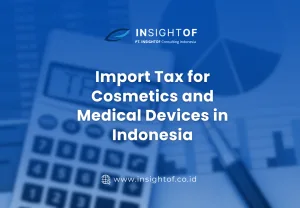Legal Basis and General Requirements for Processed Food Labels
Processed food labeling in Indonesia is governed by:
- BPOM Regulation No. 31 of 2018 on Processed Food Labels.
- BPOM Regulation No. 20 of 2021, amending Regulation No. 31 of 2018 on Processed Food Labels.
General Labeling Guidelines for Processed Food
- Language:
- Information must be in Bahasa Indonesia. Foreign terms are allowed if there is no equivalent in Bahasa Indonesia.
- Placement:
- Labels must be on easily visible and readable parts of the packaging (main label area).
- Durability:
- Labels must not easily detach, fade, or get damaged.
- Accuracy:
- Labels should be accurate and not misleading.
- Imagery:
- Images are permitted only if the product contains the depicted ingredient (not just flavoring) and must specify the ingredient percentage in the composition.
- Compliance:
- Labels must align with those approved during business registration.
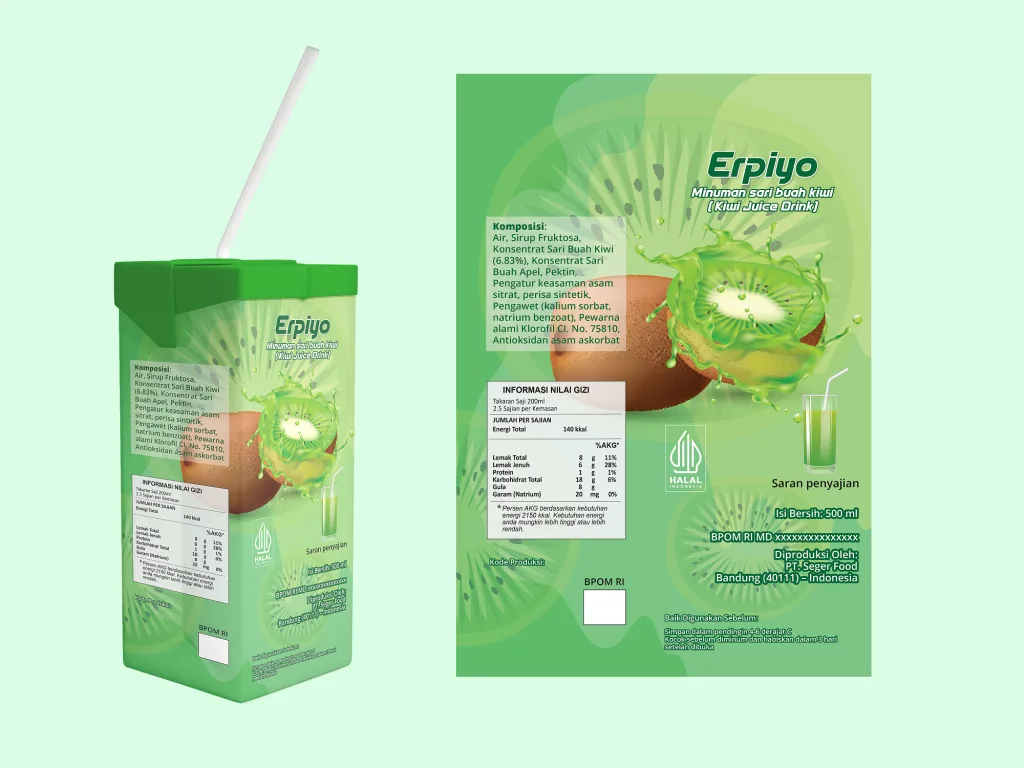
Most Visible and Readable Section on Packaging
- Processed Food Type Name
- The product identity corresponding to the food category, as regulated in SNI (Indonesian National Standard), or with BPOM approval if not yet established.
- Trade Name (Brand)
- A distinctive mark that must not violate laws, norms, or use generic names/health aspects in a misleading manner.
- Net Weight or Net Content
- The quantity of ingredients in metric units such as grams (g) or liters (L). For products with a liquid medium, include the drained weight.
- Producer or Importer Address
- Includes city name, postal code, and statements such as “Manufactured by…” or “Imported by…”.
- Halal Logo
- Displayed if the product has a halal certificate from BPJPH (Halal Product Assurance Organizing Agency).
- Expiration Date
- “Best before” followed by a date format according to the product’s shelf life.
- PB-UMKU Number
- A distribution permit number consisting of 15 digits, preceded by “BPOM RI MD” for domestic products or “BPOM RI ML” for imported ones.
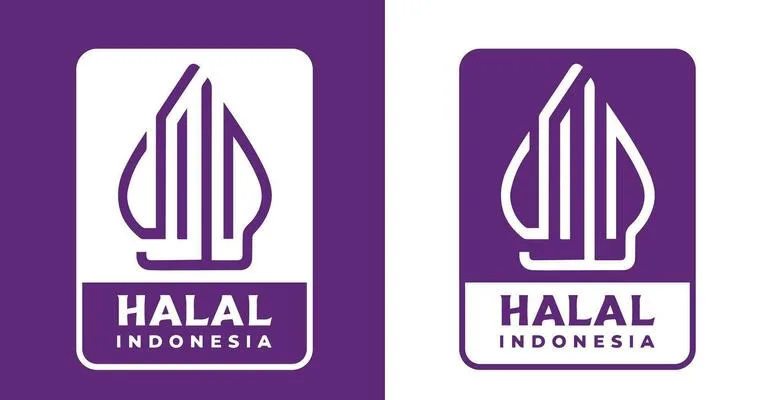
Halal Logo
Information on Other Parts of the Label
- Ingredient List/Composition
- Ingredients listed in descending order by quantity, including the source of ingredients (e.g., “beef fat”).
- Production Date and Code
- Production history in the form of batch numbers or production time.
- Serving/Usage Instructions
- Preparation methods such as boiling, frying, or dissolving, with the label “Serving Suggestion”.
- Storage Instructions
- Information on specific storage conditions, including instructions for storing products after the package is opened.
- 2D Barcode (QR Code)
- Used for product safety and monitoring, scannable via the BPOM Mobile app.
- Nutrition Facts Table (ING)
- Lists key nutrients like energy, protein, fat, carbohydrates, sugar, and sodium. Not mandatory for certain products such as tea, coffee, and bottled water.
- Warnings and Additional Information
- Supplementary information as per regulations or potential risks.
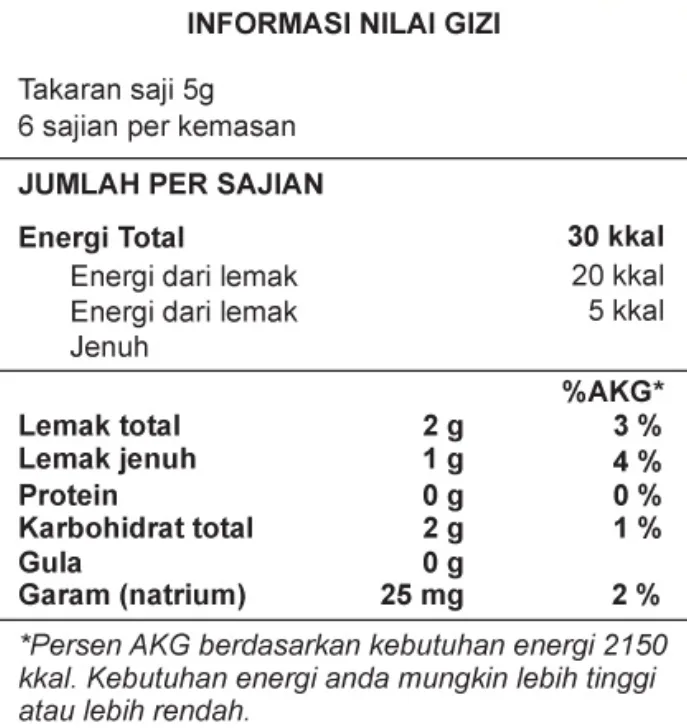
Example Nutrition Facts Table (ING)
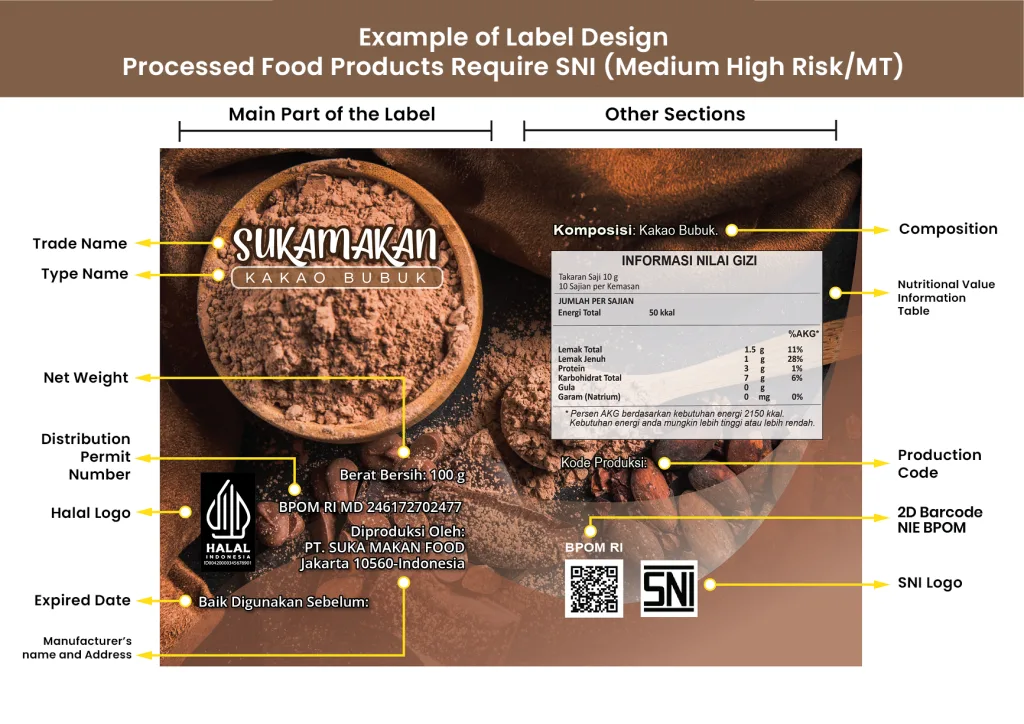
Reference:

